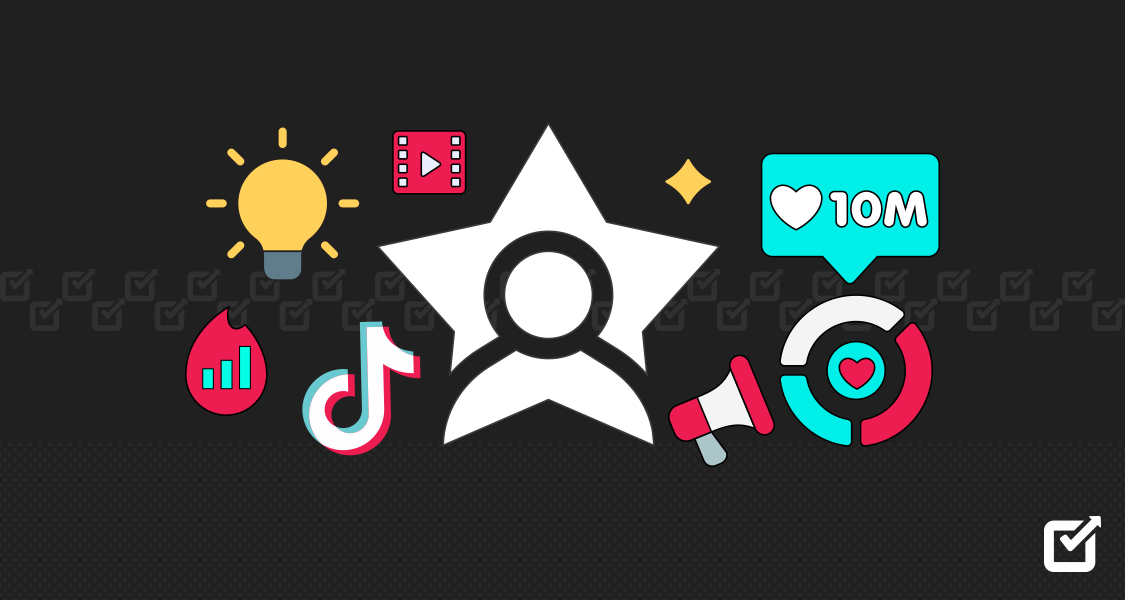“Branding is what people say about you when you’re not in the room.” – Jeff Bezos
Are you pondering the following question?
How do I create a brand identity?
Perhaps you’re thinking of using social media to drive traffic to your ecommerce site or enhance your brand’s awareness.
Whatever your reason, social media’s role in brand building has never been more important than it is today.
So, how can you use social media to benefit your brand?
You do it by using effective social media strategies.
And you implement those by learning how to build a brand identity across social media channels.
We have actionable strategies for social media branding right here in this post!
Interested?
Great, let’s build brand identity together.
What is Brand Identity?
Brand identity is different from ‘branding’ and ‘brand image.’ It is how you communicate your service/product. What your brand says about your values, what you want and how you communicate your product/service. Brand identity is the personality of your business. A promise you made with your customers.
How Businesses Use Social Media to Create a Brand Identity
They start by designing everything they put on social media to suit each specific platform and develop their marketing personas.
Why do businesses do this?
Because all platforms have different demographics, an audience on Facebook will be more mature than TikTok. The reality is; we can’t merely duplicate content and run it on both platforms.
So, while your brand identity on social media must be consistent (more on that next), the persona you used to promote must vary to ensure you connect with your target audience.
You find personas for your social media platforms by digging into your social media data. And you do that by using social media analytical tools.
Dig Into Your Social Media
Track overall actions taken on your social networks with Social Champ’s Analytics tool.
These tools break your audience’s demographics down into relevant statistics. For example, your Instagram account is perfect for targeting small business owners. At the same time, your Twitter might be more aligned with millennial parents.
Once you know your audience, you can adjust your voice accordingly and create content proven to connect, engage, and convert.
But before you can connect, you need a brand identity that your audience recognizes.
Allow me to explain:
How Do You Build a Brand Identity?
Your very first step in building a brand identity is creating a visual identity. And once you have one, consistently extending it throughout all your social media branding strategies.
A visual identity is all the visual elements you use to translate your brand’s distinctive style. Including typography, color palette, infographics, illustration style, and anything else you use that has a visual connection to it.
Your goal is to create visual consistency by using your identity throughout your marketing platforms and establishing multi-platform audience recognition. So, when people land on your social media pages, they instantly know who you are without having to think about it.
You create your identity by choosing specific colors, shapes, fonts, and image styles that suit your brand’s voice, niche, and of course, your target audience. And you find those out by conducting a competitor and customer analysis.
What’s the first image 99% of us look at when we see a brand?
Find out next:
How and Why You Should Create a Memorable Logo
71% of consumers surveyed said they had to recognize a brand before making a purchase. A further 81 percent of consumers said they have to trust a brand to buy from it.
And as it’s proven to take 5-7 impressions before people remember a brand, you’ve got to find a way of making them remember, recognize, and trust yours if you’re to stand any chance of success.
Fortunately, that’s what building a brand identity on social media’s all about.
And there’s no better visual for doing it than your logo.
When you create a logo using colors and fonts that resonate with your audience, you’re providing users with a visual connection they’ll come to recognize on all your platforms. This creates familiarity, which, in turn, builds trust. And trust leads to higher engagement rates, more followers, and increased conversion rates.
If you’re yet to develop your logo or if the one you have isn’t quite right, you can create one using a logo maker. These innovative AI logo-generating tools know all the latest market and consumer-related styles and designs.
How to Market Your Brand on Social Media
Your brand needs a personality to be successful on social media. It’s how people will relate and connect with it, and it enables you to run a consistent theme throughout all your content.
So, after you’ve created your visual identity and marketing personas, establishing your brand’s voice and personality comes next. And you do that by specifying the tone of your copy and captions that you’ll use throughout your social media posts.
The voice you choose should be a reflection of your brand’s persona. A voice that fit the face.
It includes every detail of your vocabulary, such as the terms you choose, formal or informal, personality traits, taglines, and catchphrases.
If you’re a team working on your social media accounts, ensure they all speak the same language by developing a reference guide. This way, you’ll create the consistency required for building a brand identity.
While on the subject of consistency, next, you’ll discover a quick and easy way to maintain it!
We’re talking templates:
How to Maintain a Consistent Social Media Identity
Brands new to social media often lack consistency, resulting in independent channels that fail to support one another in creating your brand identity. Ultimately undermining your entire social media branding identity campaign.
But some brands make an equally damaging mistake in the opposite direction!
Creating identical content for all their social media channels.
But this doesn’t work because what works on Instagram could fail to connect on Facebook, as you now know. And if you post identical content on all your platforms, why would your audience bother reading more than one?
So, what do you do?
You ensure your content amplifies and supports each other while retaining your brand’s distinct marketing personas.
And that’s achievable by using templates.
Companies use templates to make content creation faster while creating a brand connection across all their platforms through design. Your primary template outlay uses the same colors, typography, and shapes, but your content is orientated towards each of your chosen platforms’ community demographic.
It’s a rinse and repeat system that works for your brand on multiple levels while creating a consistent social media brand identity.
But what if you’re new to a platform or social media period? How do you use these strategies to reach an audience?
The answers all about collaboration; here’s how it’s done:
How to Build a Brand Identity Using Influencers
Influencer marketing is a hugely influential marketing strategy for increasing your brand’s identity, and there’s now no shortage of influencers to choose from.
But unfortunately, you can’t just hire any influencer and expect instant success!
You have to collaborate with one that matches your brand’s identity and resonates with your target audience.
Fortunately, there are agencies that help you do exactly that.
Always do your research and ask any influencer you’re considering hiring to provide statistical data proving how profitable their recommendations have been to other companies.
If you find the right one, the ROI can be huge, and the profit to your brand identity priceless.
How to Be in The Golden Circle to Build a Brand People Love
Do you know about ‘The Golden Circle?’
The famous leadership expert Simon Sinek developed this concept of ‘The Golden Circle’ to identify the purpose of any business or even life.
There are three parts of The Golden Circle: What, How, and Why?

To discover the purpose behind the brand, you need to answer these questions:
- What differentiates your brand?
- What is the problem your product/service solves?
- Why do you exist?
- Why should people care about your brand?
Answering these questions will set the foundation of your branding. This will decide your brand voice, message, tagline, values, and stories.
Once you’ve mastered the Golden Circle, you need to do a little more digging to find out the competitors within your industry, determine your target audience, and outline the key features and benefits your brand offers. It will help you find your unique brand voice and let your brand’s personality shine.
Your company’s mission, audience, and industry will describe your brand voice, and it can be professional, friendly, authoritative, informative, promotional, controversial, or technical. It is how you communicate with your customers and how they respond. Try to integrate your brand’s image into every aspect of your business. Let’s say if a client or a customer or any new hiring walks into your office or store, your brand image should be displayed all over from logo, packaging, advertisements to the environment, and personal interactions. For a much easier process to create a logo or develop your brand identity, using an AI logo maker is recommended.
For example, Warby Parker managed to develop the brand’s voice consistency not only digitally on all social platforms but also on the website and in stores.


Conclusion
Once you have established a brand voice, stay true to it. Make sure you use it for every piece of content you develop. Be consistent. Inconsistency can confuse your customers. Follow the steps mentioned above, focus on the golden circle, and that’s how you build a successful brand identity!














